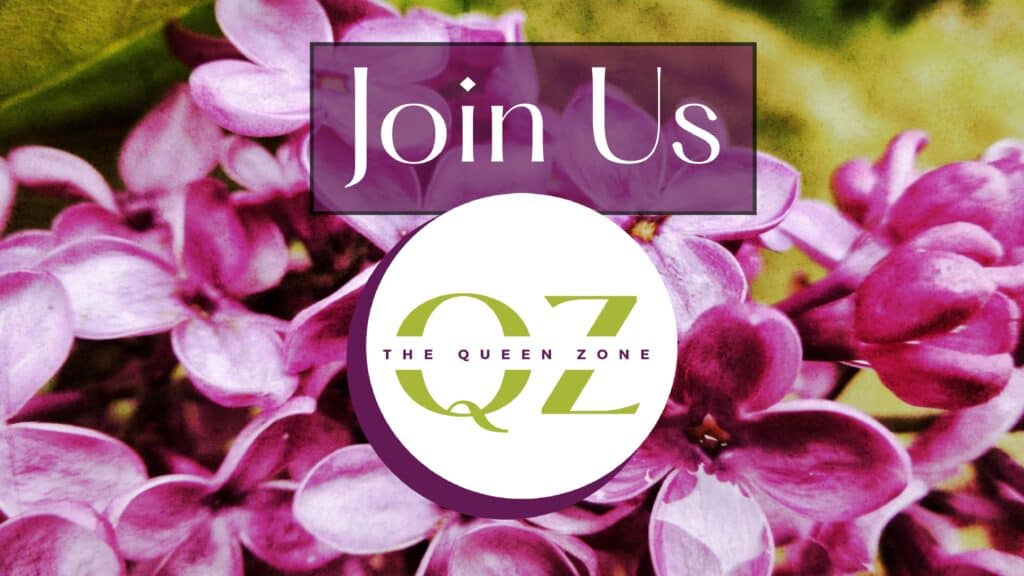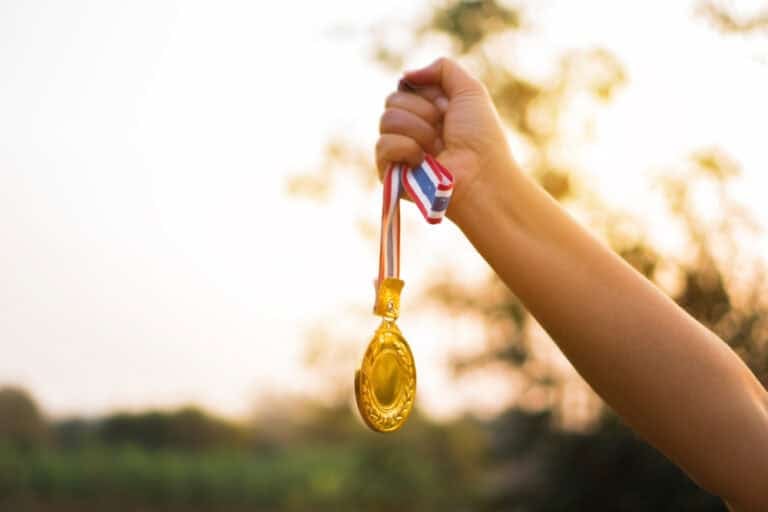This is What Was Actually Served at the First Thanksgiving
The story of the first Thanksgiving is familiar to many, but the details of the actual feast held in 1621 are often misrepresented. The meal shared between the Wampanoag Native Americans and the English settlers at Plymouth Colony was far from the traditional spread of turkey, mashed potatoes, and cranberry sauce we associate with the holiday today. Instead, the menu was influenced by the food sources available to both the settlers and the Wampanoag people in the local environment and season. Let’s take a closer look at what was likely served, based on historical records, and explore the traditions that shaped this iconic event.
Wild Fowl: Turkey, Duck, and Goose

One of the most enduring myths about the first Thanksgiving is that turkey was the main course. While wild turkeys were indeed native to the area and may have been on the table, the feast likely included a variety of wild fowl. Edward Winslow, a participant in the feast, mentioned in a letter that the settlers gathered “fowl” for the occasion. It’s probable they hunted ducks, geese, and possibly passenger pigeons, which were plentiful in the region at that time.
The Smithsonian Institution discusses the likelihood that wild turkey may have been included but not as the central dish in the way we think of it today.
Seafood: Mussels, Fish, and Possibly Lobster

Living along the coast, the settlers had regular access to seafood, which was crucial to their diet. The Wampanoag were skilled fishermen and likely taught the settlers how to catch local fish and collect shellfish. Cod and bass were abundant in the area and were probably included in the feast. Mussels, clams, and possibly lobsters were also likely part of the first Thanksgiving, adding a distinctly coastal element to the gathering.
Accounts by Plimoth Plantation confirm that seafood was an essential protein source and easily gathered along New England shores.
Venison: A Special Contribution

One of the few specific details we know about the first Thanksgiving menu is that the Wampanoag brought venison. Winslow’s account notes that the Wampanoag guests contributed five deer to the feast, which they shared with the settlers. Venison was probably a prized part of the meal, as it was a more familiar food source for the Wampanoag than for the settlers.
History.com highlights the importance of venison in the Wampanoag diet, as it provided a high-protein food source that could also be preserved for winter if necessary.
Corn: Served as a Porridge, Not Cornbread

Corn would have been on the table, but not in the form of cornbread as we know it. Instead, it was likely served as a thick porridge or mush. This porridge, called “nasaump” by the Wampanoag, was made by pounding dried corn into a coarse meal and cooking it with water. The settlers may have added nuts, berries, or even squash to enhance the flavor.
The Plimoth Patuxet Museums elaborate on how corn was central to both Wampanoag and settler diets and emphasize that it was an essential food item across many Native American cultures.
Beans and Squash: “The Three Sisters”

Another essential component of the feast would have been beans and squash, staple crops grown by the Wampanoag alongside corn. Known as “The Three Sisters,” corn, beans, and squash were often grown together in a single plot, with each plant supporting the others in a form of companion planting. These crops provided vital nutrients and were readily available during the autumn season.
The National Museum of the American Indian describes how these foods were not only nutritionally complete but also symbolically significant, forming the backbone of the Wampanoag diet.
Fruits and Nuts: Local Bounty from the Land

Autumn in New England brought a variety of wild fruits and nuts, many of which would likely have been part of the first Thanksgiving. The settlers and Wampanoag would have had access to blueberries, grapes, and possibly cranberries, although not in the sweet, sugared sauce we know today. Chestnuts, walnuts, and beechnuts were also plentiful and might have been served roasted or incorporated into other dishes.
According to The New England Historical Society, the first Thanksgiving likely included foraged foods that required no farming, reflecting the harmony between the Wampanoag people and the environment.
Root Vegetables and Herbs: Native Flavors and Seasonings

While potatoes were not part of the first Thanksgiving (they were introduced to the colonies later), other root vegetables such as carrots, onions, and garlic might have been available. Herbs native to the region, including parsley, sage, and thyme, were likely used to flavor some dishes, as they were accessible and easy to grow.
The National Geographic Society states that root vegetables and herbs were frequently used by both the settlers and the Wampanoag as important sources of seasoning and nutrition during the colder months.
The Symbolism and Legacy of the Meal

The first Thanksgiving feast was likely less structured than modern holiday dinners. Instead of a course-by-course arrangement, it was probably a communal gathering where everyone shared what they had, united in gratitude for a successful harvest. For the settlers, the meal represented relief and gratitude for surviving their first year and for the help of the Wampanoag. For the Wampanoag, sharing food was a cultural practice that reinforced relationships and communal responsibility.
How Thanksgiving Has Evolved

Today, Thanksgiving meals bear little resemblance to the original feast, both in terms of ingredients and presentation. The modern Thanksgiving table reflects a blend of cultural influences and personal traditions, including foods that were not available to early settlers, such as cranberry sauce, mashed potatoes, and pumpkin pie. Thanksgiving as a national holiday did not become standardized until centuries later, shaped largely by idealized depictions in 19th-century media.
Additional Resources

For more in-depth information about what was served at the first Thanksgiving, the following sources offer credible insights:
- Smithsonian Institution on early Thanksgiving foods.
- Plimoth Patuxet Museums, dedicated to early colonial and Native American history.
- National Museum of the American Indian on traditional Native food practices: NMAI Article on Native Foods.
- History.com for an overview of Thanksgiving’s history.
Why Not Try Some Of These Traditional Dishes?

By looking closely at historical records, we gain a deeper appreciation for how Thanksgiving evolved from a practical, communal meal in 1621 to the rich and diverse holiday it is today. The original meal reflected a blend of cultures, resources, and traditions, underscoring shared resilience and gratitude.
12 Unconventional Ways to Enjoy Thanksgiving

Thanksgiving is often synonymous with large family gatherings, traditional turkey dinners, and familiar rituals passed down through generations. While these customs can be heartwarming and cherished, some people seek a fresh approach to the holiday, whether to shake things up, accommodate different lifestyles, or create new memories. If you’re looking for an unconventional way to celebrate Thanksgiving this year, here are several creative and enjoyable alternatives that can make the day memorable in a whole new way.
READ: 12 Unconventional Ways to Enjoy Thanksgiving
10 Graceful Ways to Keep Politics Off the Thanksgiving Menu

Thanksgiving is a cherished time for family, food, and gratitude, but it can quickly turn into a minefield of political debates. With the right strategies, you can create a harmonious atmosphere where everyone feels welcome and valued. Here’s a comprehensive guide to gracefully keeping politics off the Thanksgiving menu.
READ: 10 Graceful Ways to Keep Politics Off the Thanksgiving Menu
Join Us

Join us on this empowering journey as we explore, celebrate, and elevate “her story.” The Queen Zone is not just a platform; it’s a community where women from all walks of life can come together, share their experiences, and inspire one another. Welcome to a space where the female experience takes center stage. Sign up for our newsletter so you don’t miss a thing, Queen!







